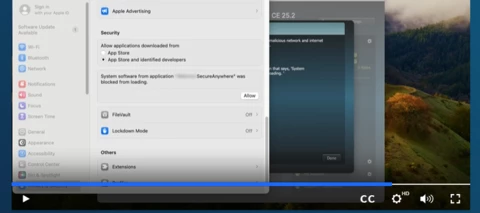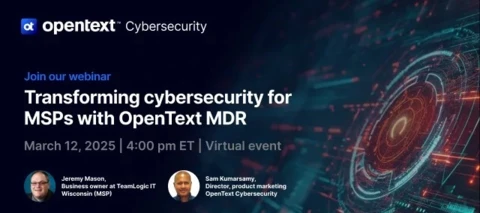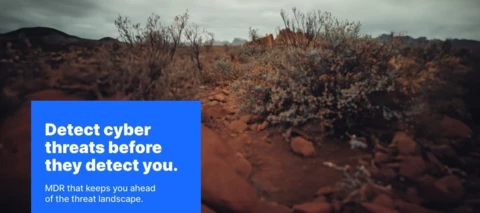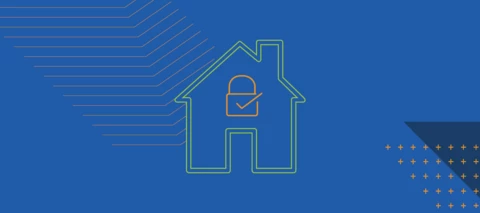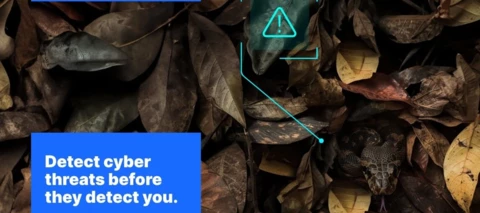- Home
- Community overview
- Secure Cloud
Secure Cloud
Make security simple with Secure Cloud
1267 Topics
TylerMSr. Security Analyst & Community Manager
published in Endpoint Detection and Response
TylerMSr. Security Analyst & Community Manager
published in Endpoint Detection and Response
TylerMSr. Security Analyst & Community Manager
published in Endpoint Detection and Response
skumarsamy54OpenText Employee
published in Managed Detection and Response (MDR)
skumarsamy54OpenText Employee
published in Managed Detection and Response (MDR)
freydrewRetired Webrooter
published in Security Awareness Training
balanNew Member
asked in Endpoint Protection
SXR6Community Expert Advisor
asked in Endpoint Protection
hungphamPopular Voice
asked in Endpoint Protection
BobSacksNew Member
posted in Endpoint Protection
hungphamPopular Voice
asked in Endpoint Protection
hungphamPopular Voice
asked in Endpoint Protection
SXR6Community Expert Advisor
asked in Endpoint Protection
JR565OpenText Employee
posted in Endpoint Protection
BdubITFresh Face
asked in Endpoint Protection
skumarsamy54OpenText Employee
published in Managed Detection and Response (MDR)
skumarsamy54OpenText Employee
published in Managed Detection and Response (MDR)
skumarsamy54OpenText Employee
published in Managed Detection and Response (MDR)
skumarsamy54OpenText Employee
published in Managed Detection and Response (MDR)
Badges
 SXR6has earned the badge Product Help: Posted 100 comments!
SXR6has earned the badge Product Help: Posted 100 comments! jhartnerd123has earned the badge News: Posted 10 comments!
jhartnerd123has earned the badge News: Posted 10 comments! SXR6has earned the badge Posted 100 comments!
SXR6has earned the badge Posted 100 comments! Tarnakhas earned the badge Most Wanted
Tarnakhas earned the badge Most Wanted Tarnakhas earned the badge Beta To The Max
Tarnakhas earned the badge Beta To The Max
Join the Conversation
Login to the community
No account yet? Create an account
Enter your E-mail address. We'll send you an e-mail with instructions to reset your password.
Scanning file for viruses.
Sorry, we're still checking this file's contents to make sure it's safe to download. Please try again in a few minutes.
OKThis file cannot be downloaded
Sorry, our virus scanner detected that this file isn't safe to download.
OK


